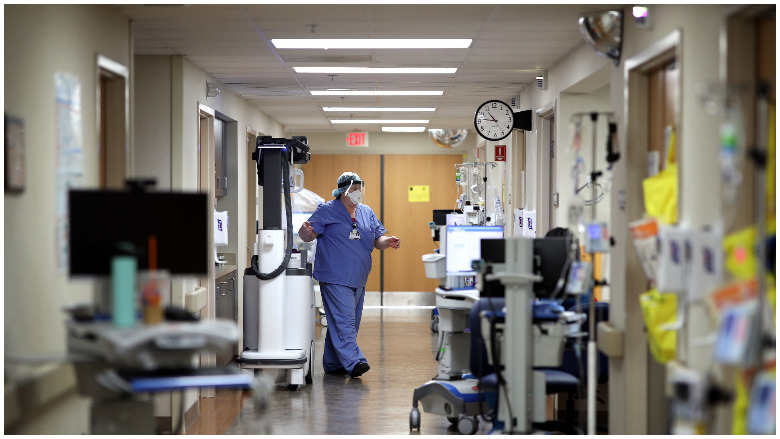
There’s so much about COVID-19 that we’ve all been learning over the past few months, and one of the latest developments involves what is called “prone positioning,” and how the simple technique may give coronavirus patients a better chance of surviving respiratory distress.
First, what is prone positioning? It means placing the patient on their stomach. There’s evidence that it helps coronavirus patients because it allows them to more easily breathe.
According to an article published by the Intensive Care Society, “Internationally, observations of critical care clinicians treating these patients in critical care have reported that patients with moderate to severe ARDS (acute respiratory distress syndrome) appear to have responded well to invasive ventilation in the prone position, leading to prone ventilation being recommended in international guidelines for the management of COVID-19.”
A trial, meta-analysis and review also “support the early use of prone ventilation in patients with moderate to severe ARDS to improve oxygenation and reduce mortality,” that article found. “… Prone positioning is a simple intervention that can be done in most circumstances, is compatible with all forms of basic respiratorysupportand requires little or no equipment in the conscious patient.”
“We’re saving lives with this, one hundred percent,” said Dr. Mangala Narasimhan, the regional director for critical care at Northwell Health, to CNN. “It’s such a simple thing to do, and we’ve seen remarkable improvement. We can see it for every single patient.”
Here’s what you need to know:
Other Research Has Also Backed Up the Effectiveness of Prone Positioning
Other research articles have also backed up the findings. According to The Hospitalist, prone positioning “decreased 28-day and 90-day mortality rates in patients with severe acute respiratory distress syndrome (ARDS) who required mechanical ventilation. You would have to use prone positioning for 6 such patients to prevent one death.”
A research article on the topic also ran in the European Respiratory Journal. These authors offered some points of caution. Among them: The benefits declined after one week of mechanical ventilation; “extreme care is necessary” when performing the maneuver; and mortality still “remains high” even with prone positioning.
However, they also found that “prone positioning improves oxygenation in the majority of patients” and “prone positioning does not negatively affect and may improve respiratory mechanics.”
Placing patients on their stomach to help them survive ARDS has been a known technique since before COVID-19. In 2013, an article in the New England Journal of Medicine conducted a study of the technique. “The 28-day mortality was 16.0% in the prone group and 32.8% in the supine group,” the researchers reported.
They noted: “Prone positioning has been used for many years to improve oxygenation in patients who require mechanical ventilatory support for management of the acute respiratory distress syndrome … Furthermore, several lines of evidence have shown that prone positioning could prevent ventilator-induced lung injury.”
Another research study that looked at COVID-19 patients in Wuhan, China for the American Journal of Respiratory and Critical Care Medicine found that “alternating between supine and prone positioning appeared to improve lung recruitability in a small cohort of mechanically ventilated patients with severe COVID-19 infection who developed acute respiratory distress syndrome.”
READ NEXT: Stimulus Check Calculators That Help You Figure Out How Much You Will Get.